21, June 2024
Malawi: Top comedian sworn in as vice-president 0
Top comedian-turned-politician Micheal Usi has been sworn as Malawi’s vice-president at a ceremony held in parliament in the capital, Lilongwe.
The 55-year-old replaces Saulos Chilima, who died in a plane crash earlier this month, along with eight other people.
Dr Usi received a standing ovation when he spoke after his inauguration, saying he accepted the role with a mixture of sadness and gratitude.
He promised to honour his predecessor’s memory and thanked President Lazarus Chakwera for believing in him as he takes up his position as vice-president in the power-sharing government.
His appointment has certainly left Malawians divided.
Some have been sharing clips of his acting career on social media and questioning whether he is serious enough to take up such a senior role.
Others however have praised President Chakwera for appointing Chilima’s party deputy and honouring the spirit of the alliance between their two parties.
Dr Usi is no stranger to controversy given his acting career. He is popularly known as “Manganya”, the name of a mischievous character he still plays in popular TV sitcom Tikuferanji.
His aide told the BBC on Friday that he was filming an episode as recently as last week.
He has been a staple on national radio and television for more than two decades making him one of the most recognisable local celebrities.
Dr Usi has also been a passionate advocate for developing and promoting Malawi’s film industry in which it is difficult to make a living.
In fact, he first funded his acting career by working as a hospital clinician. He has a qualification in clinical medicine – most patients in Malawi will be seen by a clinician as the country has a shortage of doctors.
This fuelled his passion to improve the lot of poor communities and for many years he worked at Adventist Development and Relief Agency (Adra), a Christian non-governmental organisation.
He served there in various capacities, including heading the organisation as its country director – and through him Adra funded various soaps on radio and TV that also aimed to educate people about HIV and other social issues.
The new vice-president, who is married with two daughters, also holds a PhD in youth development from the University of Bedfordshire in the UK.
Despite his position at Adra, his acting career never took a backseat – and he was participating in various productions, mostly in the local Chichewa language.
Such was his popularity as a comedian that when he founded a political movement around seven years ago – many people just thought it was a prank.
This is because he had a reputation as a trickster – his most famous ruse was fooling people into believing that he had been a good boxer at high school and was looking to return to the ring.
He organised a non-title bout against a leading local boxer. A huge crowd turned up for what they thought was a real boxing match, only to discover it was a scene in one of his television plays.
However, it turned out his political ambitions were real. His movement was called Odya zake alibe Mulandu, which loosely translates as “he who does not take what belongs to others but only eats what’s his is a free man”.
It soon became part of a newly formed political party, the UTM, headed by Dr Chilima.
This was ahead of the 2019 elections – and Dr Usi and Dr Chilima started addressing rallies together.
Both being highly eloquent speakers, their meetings often drew huge crowds and in February 2019, Chilima named his new political associate as his running mate for the vote.
The pair came third, but the results were then nullified by the high court because of irregularities.
In fresh elections that were held in 2020, the UTM joined eight other opposition political parties to form an electoral alliance, which picked Dr Chakwera as presidential candidate with Dr Chilima as the running mate, which went on to victory.
Dr Usi, was by this stage Chilima’s deputy and was named in cabinet as minister of tourism, culture and wildlife, a position he held between July 2020 and February 2023.
He later moved to become the minister of natural resources and climate change, his role until his elevation to vice-president.
Some senior members of the UTM were notable by their absence at his inauguration on Friday – signalling division in the party over his appointment.
Dr Usi did not evade the issue at his swearing-in, promising to get the party together so that they could heal and honour the legacy of Chilima, who was regarded as a magnetic politician with a special connection with people, especially the youth.
Source: BBC






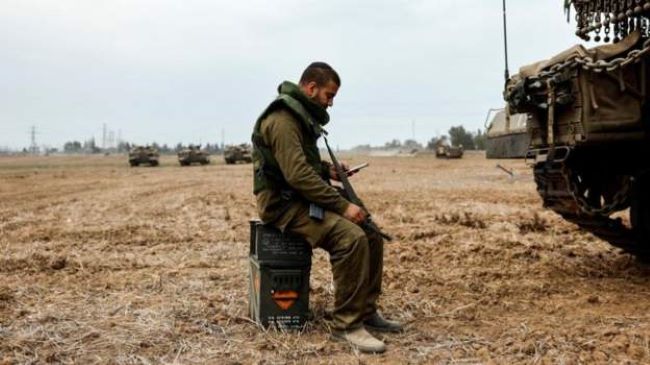

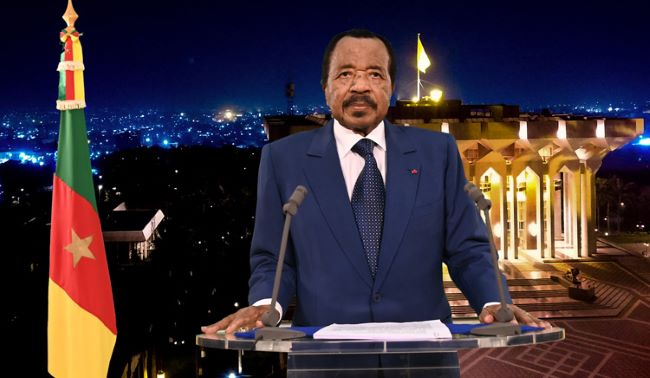
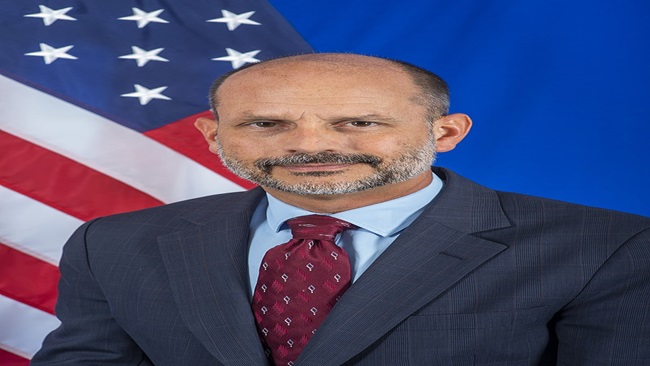
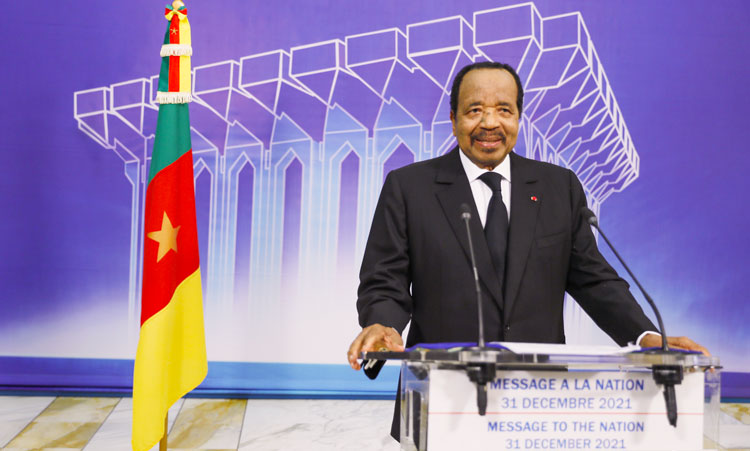
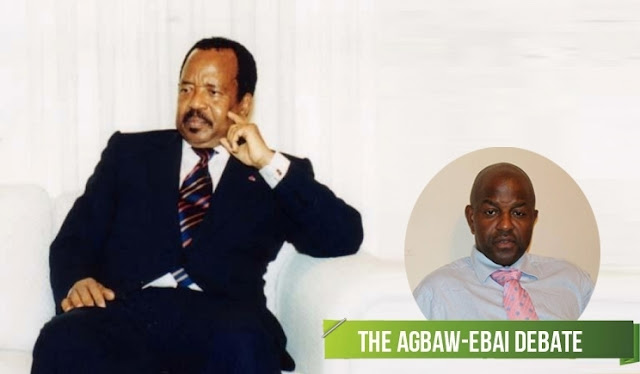
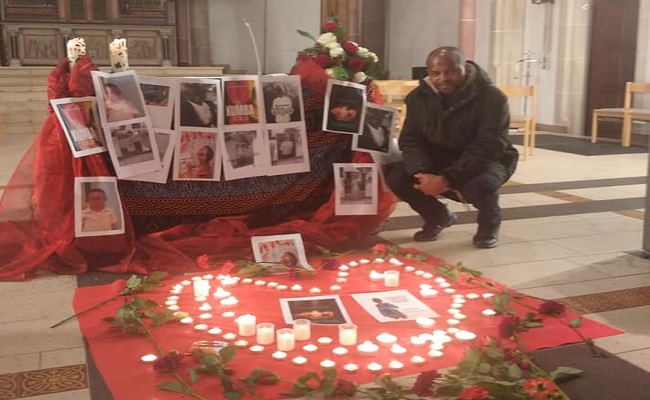














23, June 2024
Russia: Deadly attacks on Dagestan synagogue and churches 0
Gunmen in Russia’s North Caucasus republic of Dagestan have killed six police officers in a series of attacks, security officials say.
Twelve other officers were wounded in the attacks, which targeted a synagogue and churches in the cities of Derbent and Makhachkala.
A Russian Orthodox priest has also been killed and two attackers shot dead, state media report, quoting the local Interior Ministry. Footage on social media shows buildings on fire.
The assailants have not been identified, but Dagestan has in the past been the scene of Islamist attacks.
An unofficial channel on the Telegram messaging app, Mash, said gunmen were barricaded in a building in Derbent.
Source: BBC